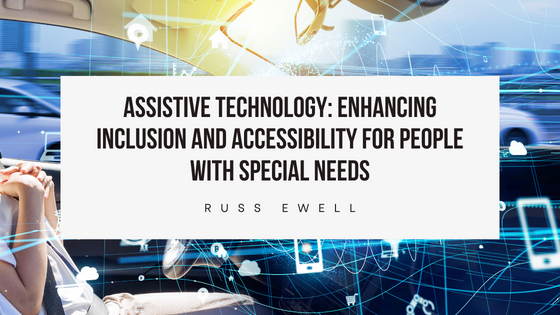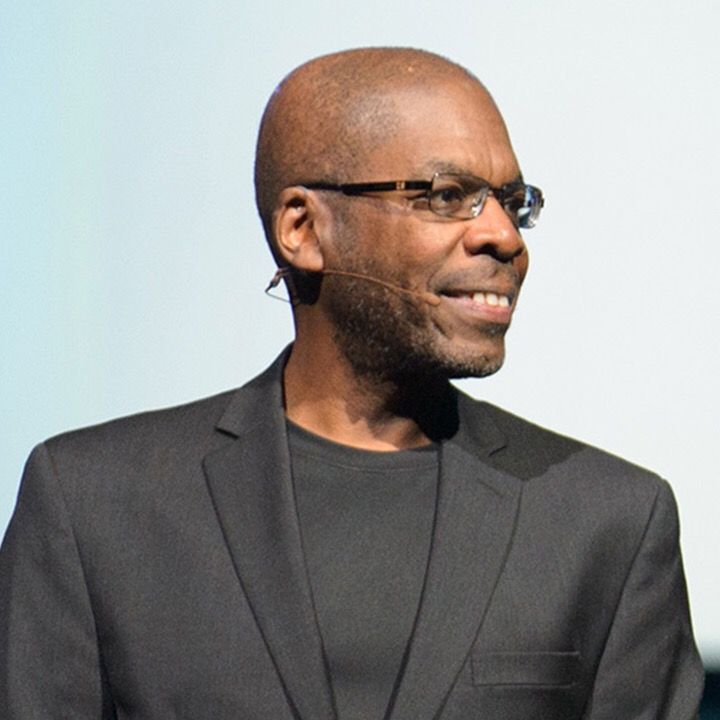In today’s world, technology plays an integral role in our daily lives. It has revolutionized the way we communicate, work, and access information. But the impact of technology goes beyond convenience; it has the power to transform the lives of people with special needs. Assistive technology, in particular, has emerged as a game-changer in enhancing inclusion and accessibility for individuals with disabilities, allowing them to participate more fully in society.
Assistive technology refers specifically to any device, software, or equipment that assists individuals with disabilities in performing tasks that might be challenging for them otherwise. It aims to bridge the gap between people with special needs and the opportunities available to them, empowering them to live more independent and fulfilling lives. From physical disabilities to cognitive impairments, assistive technology addresses a wide range of needs and helps individuals overcome barriers they may face in their day-to-day activities.
One area where assistive technology has had a significant impact is communication. People with speech and language impairments can use augmentative and alternative communication (AAC) devices to express themselves. These devices typically range from simple picture boards to sophisticated electronic communication systems. By giving individuals a means to communicate effectively, assistive technology opens doors to meaningful social interactions and helps them build relationships and participate in social activities.
For individuals with mobility impairments, assistive technology offers solutions that promote accessibility and independence. Devices like wheelchairs with motorized controls, prosthetic limbs, and exoskeletons enable people with physical disabilities to move around more freely and engage in various activities. Furthermore, advancements in robotics have led to the development of robotic assistance systems, which can assist individuals with tasks such as dressing, feeding, and personal care, reducing their dependence on others.
In the field of education, assistive technology has become an invaluable tool for students with learning disabilities. Text-to-speech software, screen readers, and speech recognition applications allow students to access educational materials, participate in class discussions, and complete assignments more efficiently. Additionally, assistive technology helps level the playing field for students with cognitive impairments by providing tools for organization, memory aids, and task management systems, enabling them to thrive academically.
Employment opportunities for individuals with disabilities have also expanded with the help of assistive technology. Adaptive software, specialized keyboards, voice recognition tools, and screen magnification software are just a few examples of technologies that facilitate access to the workplace. By removing barriers and accommodating diverse needs, assistive technology empowers individuals to showcase their talents and contribute their skills to the workforce.
Despite the numerous benefits of assistive technology, it is essential to ensure its availability and affordability for all individuals who can benefit from it. Governments, organizations, and communities must work together to promote accessibility and provide adequate resources to make assistive technology accessible to all. Furthermore, continuous research and development are crucial to improving existing technologies and creating innovative solutions that cater to evolving needs.
Assistive technology has transformed the lives of countless individuals with special needs, opening up new possibilities and opportunities. It is not just a tool; it is a symbol of empowerment, independence, and inclusion. By embracing and expanding the use of assistive technology, we can create a more inclusive society that values the contributions and potential of every individual, regardless of their abilities. Together, let us harness the power of technology to build a more accessible and equitable world for all.

